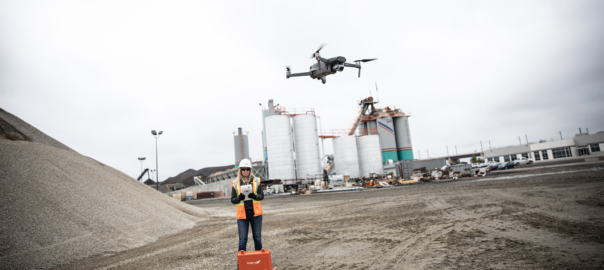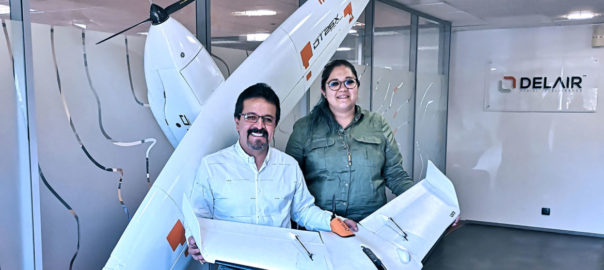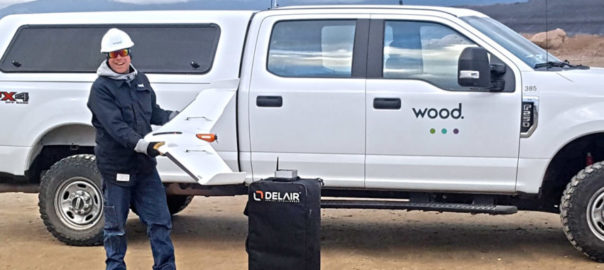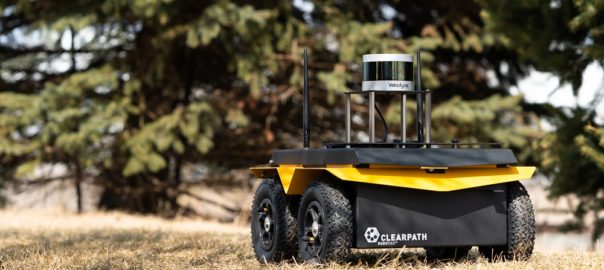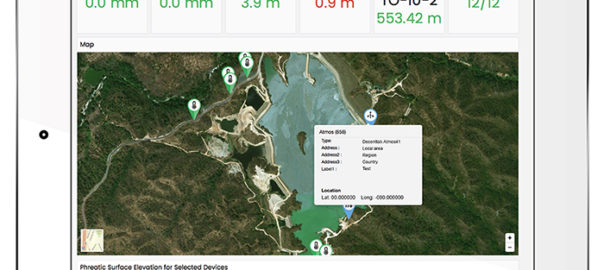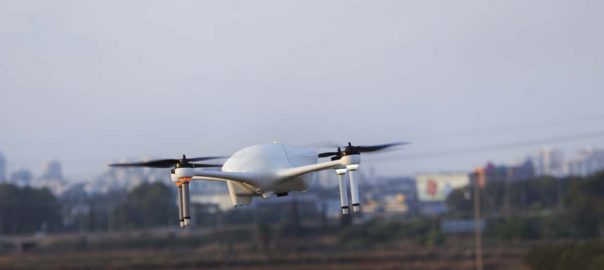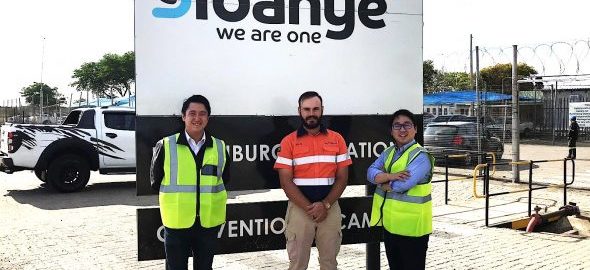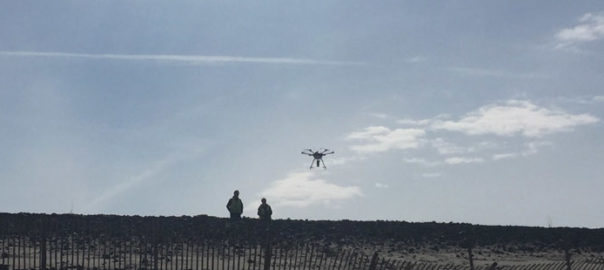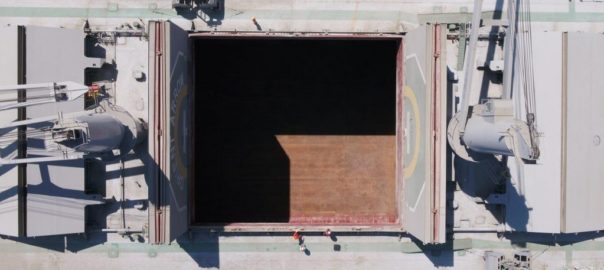Kespry and DroneBase have announced a partnership that, they say, enables insurance, mining, and aggregates enterprises across North America to expand aerial analytics implementation across their work sites.
Kespry’s customers will now be able to leverage DroneBase’s service offering to manage their Kespry deployments as part of Kespry’s new Bring Your Own Drone (BYOD) program, Kespry said. BYOD includes a new platform pricing model designed to meet the expanding enterprise aerial intelligence requirements of multi-site mining and aggregates companies, as well as large-scale residential and commercial property insurers, it explained.
“The combination of Kespry and DroneBase brings the best of the platform and services worlds together, offering a cost-effective, productive way of using drone-based analytics across the largest insurance, mining, and aggregates businesses,” Kespry said.
George Mathew, CEO, Kespry, said: “The combination of Kespry and DroneBase delivers serious value to companies across North America looking for a partner to help scale their usage of Kespry’s aerial intelligence platform and benefit from its granularly-accurate inspection, inventory management and mine planning capabilities.”
Dan Burton, Founder and CEO of DroneBase, said: “With our global pilot network in all 50 states and over 70 countries, DroneBase will enable Kespry clients to scale their drone programs across North America without the cost of investing in hardware. By combining our strengths, DroneBase and Kespry will solve a need within these industries.”
Kespry’s BYOD program gives companies flexibility in how they source their aerial data, the company says, whether customers use Kespry-sourced drone hardware, DroneBase, or their own existing DJI drone fleet, including the DJI Mavic 2 Pro and the DJI Phantom series.
DroneBase, the largest global drone operations company, according to Kespry, can either manage customers’ Kespry deployments or have DroneBase’s global pilot network fly their missions, which can be turned around in 48-72 hours, according to the company. “Kespry now offers a single fee for its platform, including unlimited access to industry-leading, vertically-integrated applications, the Kespry Cloud and AI and ML-based analytics,” it said.
Kespry’s aerial intelligence platform is now deployed at 220 mining and aggregates customers that use its platform across 3,311 worksites across North America, with 22,987 missions in 2018 alone, it said. These companies typically use Kespry for inventory management, mine planning, materials management, contractor benchmarking, and boosting employee safety.







